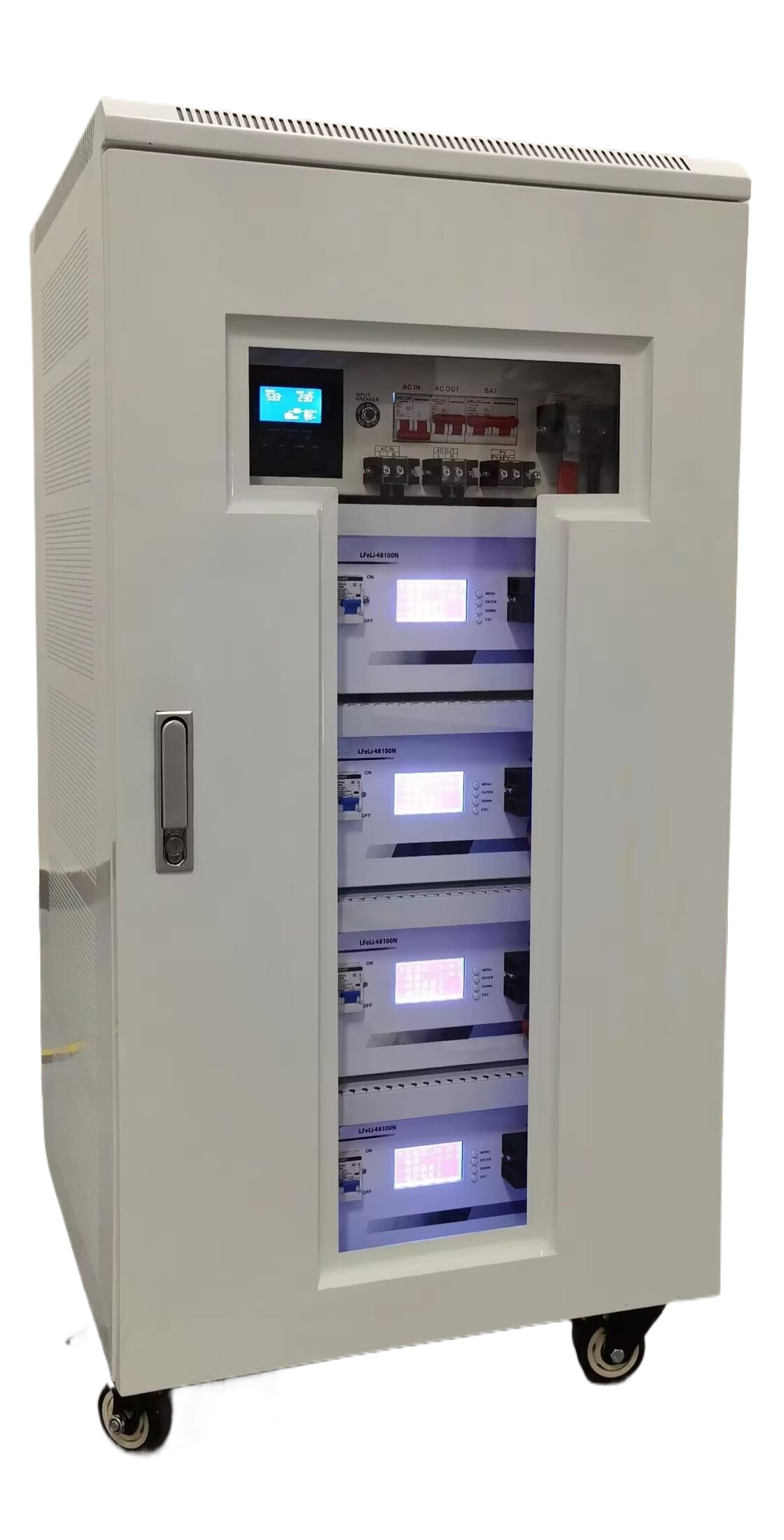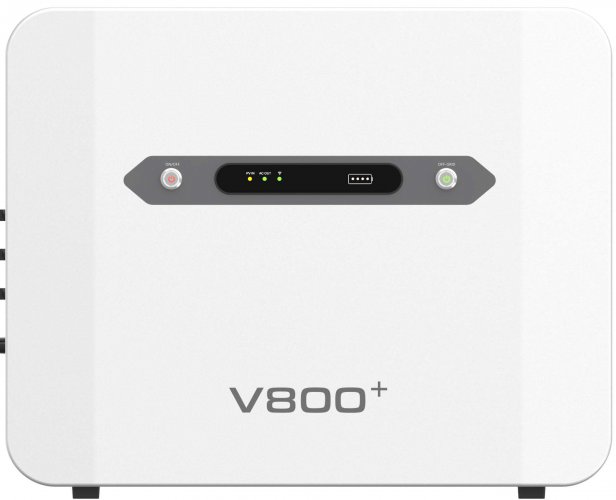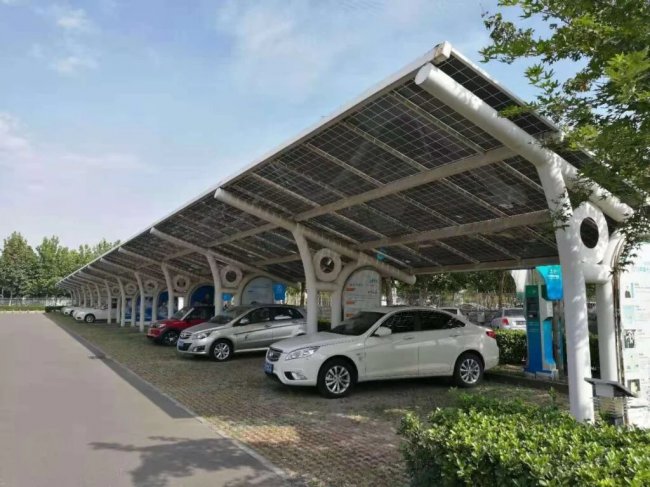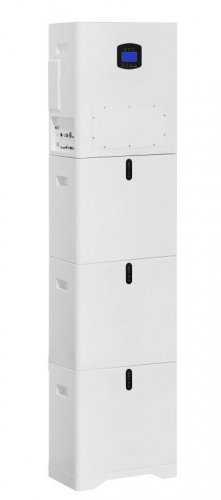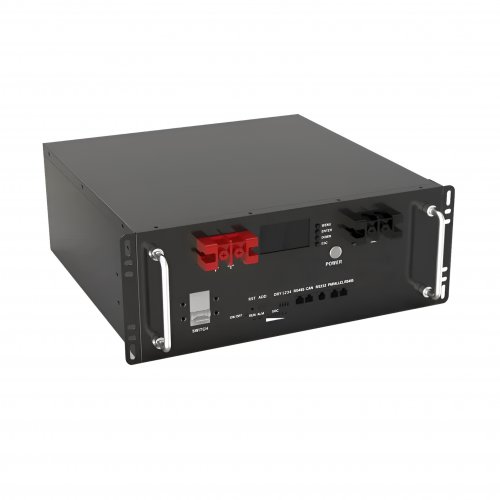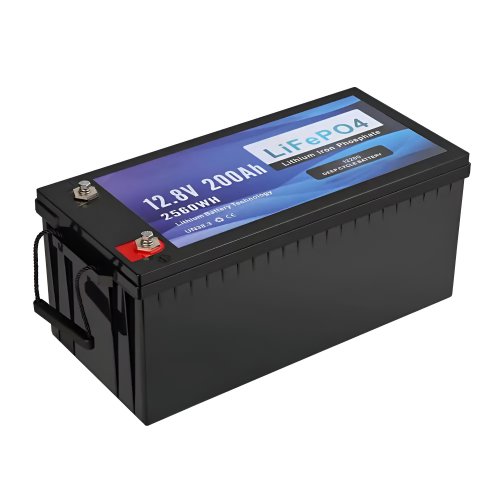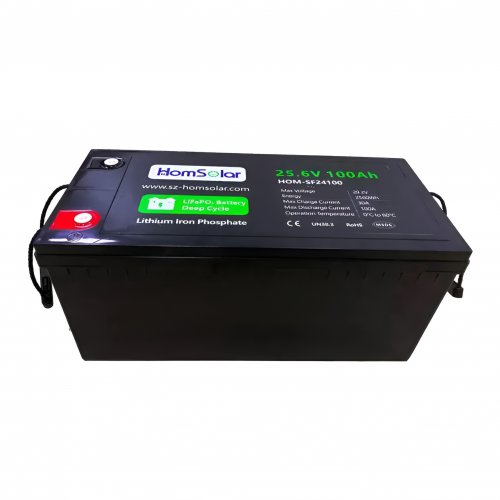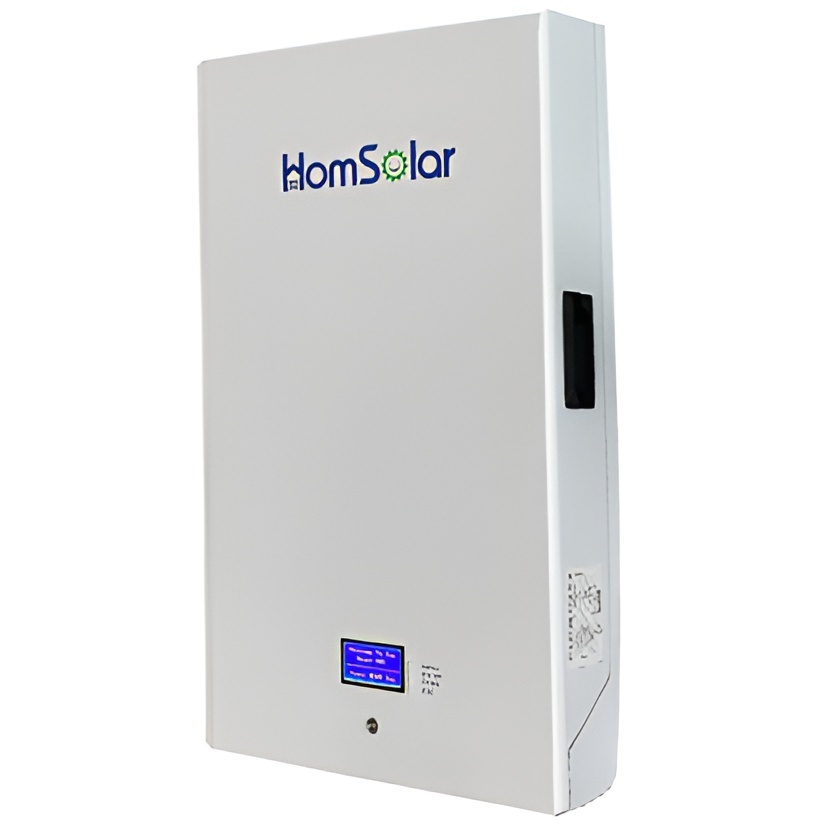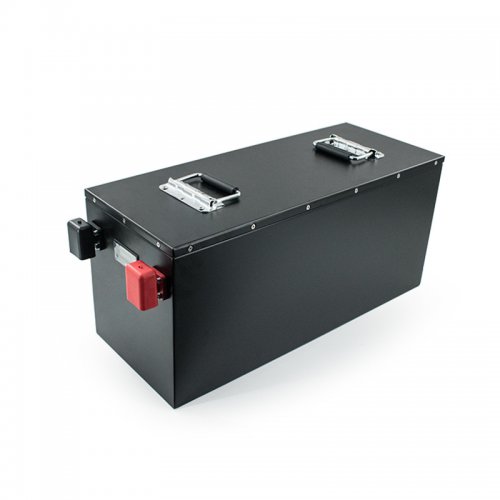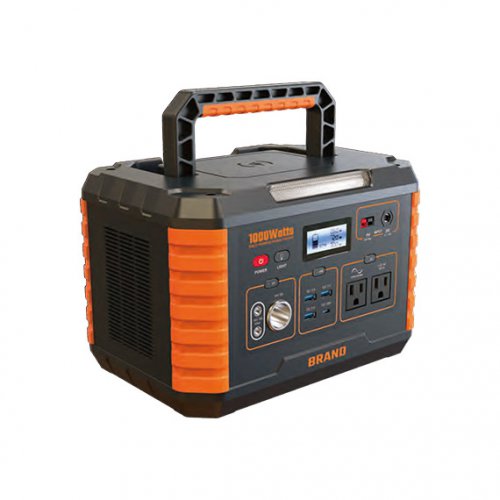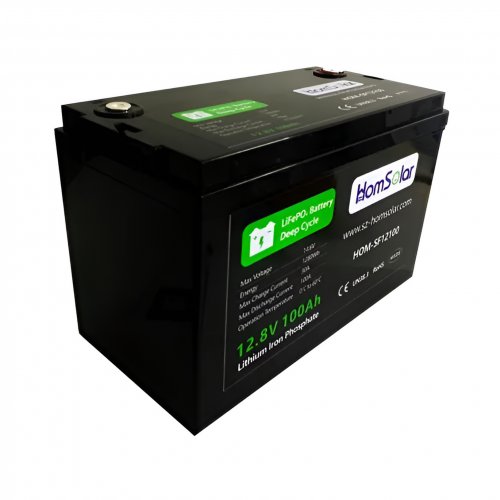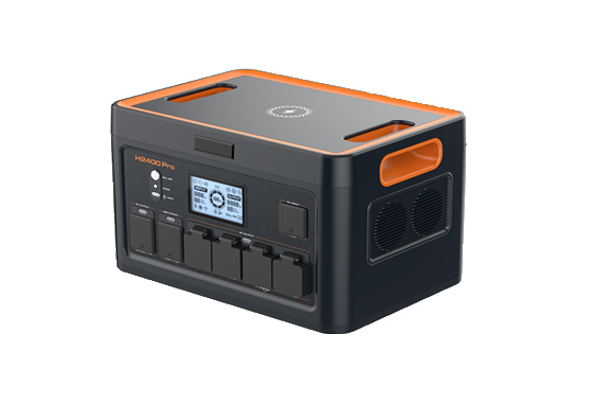How to achieve higher power yield in east-west oriented solar arrays deployed on flat roofs
A group of scientists led by the Zurich University of Applied Science (ZHAW) in Switzerland performed simulations and measurements aiming to maximize power yield in east-west oriented PV arrays installed on flat roofs.
One of the experimental setups included horizontal single-axis tracking (HSAT) with PV panels arrayed in an east-west orientation with an atypically high area utilization – a ground coverage ratio (GCR) of over 90%. The HSAT angles were set at -5°, 0° and 5°.
The researchers noted that the setup differs from HSAT systems which are typically installed in ground-mounted projects and have much lower GCRs to suppress self-shading of neighboured module rows. “In our study, the aim is to maximize the energy yield per area on a flat roof and not the specific energy yield. For this reason, low GCRs are not a sensible option,” the researchers said.
The reference PV system was a rotating rooftop bifacial module system with tilt angles of 10° and also oriented in east-west direction with a GCR of 0.9. The power measurements were completed as a function of tilt angles.
The simulations were done in PVSyst 7.4, combined with physical measurements, including a special measuring setup with a miniaturized test rig that is available from Germany-based Solarc Innovative Solarprodukte GmbH.
“Surprisingly, it has been shown that horizontal tracking within only a small angle range, in combination with high area utilization rates, can lead to additional yields in the range of 5%,” Hartmut Nussbaumer, head of the ZHAW photovoltaic research group told pv magazine.
The simulations and measurements showed that, compared to the reference system, the proposed HSAT setup may achieve a 5% higher energy production. Furthermore, the group said that the approach could eventually rely on very simple trackers that could be manufactured at a low cost. For example, it said all rows of modules on a roof could be moved with just one drive, noting that future research could involve installing an HSAT system on a roof for outdoor testing.
Another experimental setup involved near-vertically installed reflectors at the edge of the photovoltaic system. Motor driven reflectors were used to be retracted or extended depending on the irradiation and weather conditions.
Initial results showed the use of reflectors enabled area-specific yield increases of 30% on the days measured. Energy yield in the morning or evening was enhanced “significantly.” The researchers also noted that additional reflectors, either dynamic or static, could enhance the irradiance on the collector field and therefore increase the energy yield.
“The main challenges in the research were to simulate and measure relatively small increases in yield, which when combined end up having a major impact on the profitability of system adaptations,” said Nussbaumer.
Noting that both HSAT systems and reflectors on flat roofs are effective, the researchers said that the chance of the variants becoming more widely used “depends on the cost-effectiveness.”
In the future, the researchers will investigate time-dependent controllable reflectors to enhance energy yield with temporal adjustments based on specific energy demand or time-varying electricity prices, in addition to cost studies on both initial investment and tracking system maintenance costs.
Their findings are available in the study “Highest Energy Yields per Area for PV Systems on Flat Roofs,” published in European Photovoltaic Solar Energy Conference & Exhibition 2024 Proceedings.
Customized/OEM/ODM Service
HomSolar Supports Lifepo4 battery pack customization/OEM/ODM service, welcome to contact us and tell us your needs.


HomSolar: Your One-stop LiFePO4 Battery Pack & ESS Solution Manufacturer
Our line of LiFePO4 (LFP) batteries offer a solution to demanding applications that require a lighter weight, longer life, and higher capacity battery. Features include advanced battery management systems (BMS), Bluetooth® communication and active intelligent monitoring.

Customised Lithium Iron Phosphate Battery Casing
ABS plastic housing, aluminium housing, stainless steel housing and iron housing are available, and can also be designed and customised according to your needs.

HomSolar Smart BMS
Intelligent Battery Management System for HomSolar Energy Storage System. Bluetooth, temperature sensor, LCD display, CAN interface, UART interface also available.


Terminals & Plugs Can Be Customized
A wide range of terminals and plugs can be customised to suit the application needs of your battery products.

Well-designed Solutions for Energy Storage Systems
We will design the perfect energy storage system solution according to your needs, so that you can easily solve the specific industry applications of battery products.



About Our Battery Cells
Our energy storage system products use brand new grade A LiFePO4 cells with a battery lifespan of more than 4,000 charge/discharge cycles.



Applications in Different Industries
We supply customized & OEM battery pack, assemble cells with wiring, fuse and plastic cover, all the cell wires connected to PCB plug or built BMS.
Applications: E-bike, Electric Scooter, Golf Carts, RV, Electric Wheelchair, Electric Tools, Robot Cleaner, Robot Sweeper, Solar Energy Storage System, Emergency Light, Solar Power Light, Medical Equipment, UPS Backup Power Supply.
We can provide you with customized services. We have the ability to provide a vertical supply chain, from single cells to pack/module and to a complete power solution with BMS, etc.


HomSolar (Shenzhen) Technology Co., Ltd







